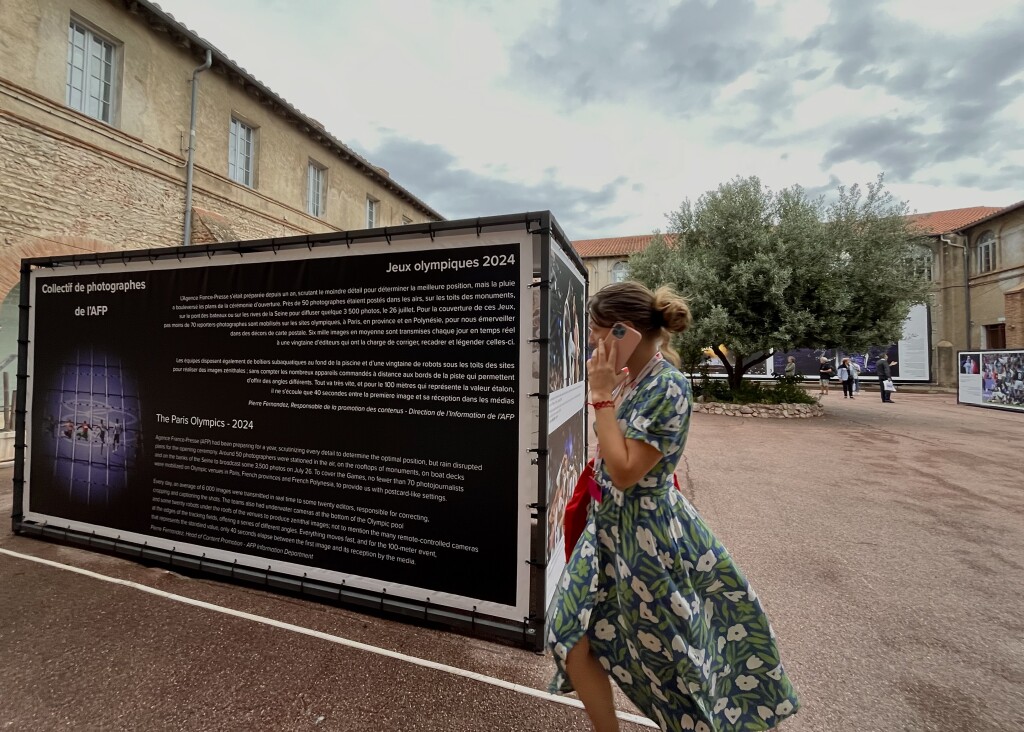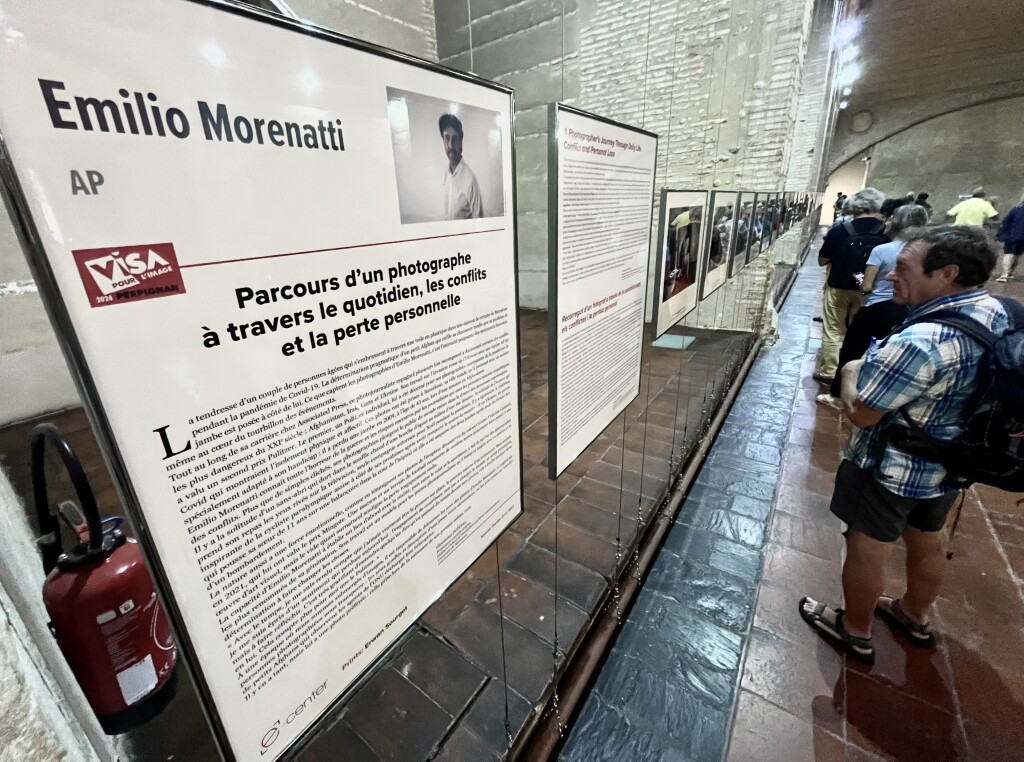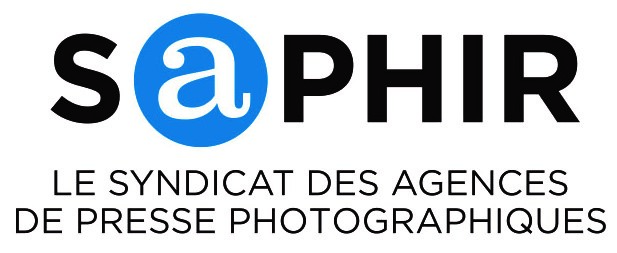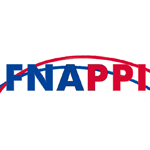I have had four intensive days at Visa pour l’image, the 36th festival for photojournalism in Perpignan, southern France. “Le Visa” is still the leading festival for photojournalism in Europe and beyond, even though a lot has changed after 35 summers.It has become highly professional, catering mainly to the entire French-speaking photojournalism community. According to local feedback, the festival seems to have lost some of its ‘local roots.’ Meanwhile, the parallel ‘OFF’ festival for amateur photographers has gained significant popularity.
This year, controversy arose surrounding the Mayor of Perpignan, Louis Aliot, (elected on the list of the radical-right Rassemblement National) who did not want to present the festival prize of the city of Perpignan in person to the laureate, Loay Ayyoub, because, according to the Mayor, the prize winner only ever talks about the “Palestinian resistance” and never about terrorist movement Hamas.
Critics inside and outside the profession will claim that Visa is a place of excellence where all the miseries and wars of the world are visually addressed, leading many to feel there is no need to applaud the impressive and well-attended open-air projections every evening. This dishonours a festival that also highlights many forgotten conflicts in the world, such as the flight of people from the war in eastern Congo, brilliantly portrayed by Hugh Kinsella Cunningham.
The festival also highlights critical yet overlooked social issues that rarely make the front pages of newspapers or news sites. Problems that don’t normally bear the clicks of a photo camera either but are shown here in a gripping way, such as the rural exodus in France, “France périphérique”, by Pierre Faure. He shows how farmers have chosen to close their businesses after many generations and how entire regions are left completely deserted. What remains is often abject poverty, which splashes from Pierre’s photographs.
The same goes for the equally disconcerting reportage by my compatriot, Gael Turine, who photographed tranq addicts in a no-go zone in Philadelphia, USA.
Virtually the only positive feedback from this edition is the outdoor reportage by the fifty photographers from the French agency, AFP, who covered the recent Olympic Games. An atrium amidst a monastery filled with action, emotion, muscled and screaming athletes, an exhibition that unfortunately did not merit a single photo publication in the festival’s brochure, only a mention of a few lines. Also important to mention is that all this quality photography can be admired in magnificent historical frames, such as the “Couvent des Minimes,” the “Campo Santo” or the lesser known “Chapelle du Tiers-Ordre and the ”hôtel Pams.”
Professionals from the world of photo agencies are seldom seen at the numerous exhibitions, often preferring the terrace of the Grand Café de la Poste, a well-known gathering spot in the industry. Interestingly, not all representatives have accreditation for the festival, yet some travel thousands of kilometres to convene with peers on this iconic terrace—an anachronism that has curiously persisted even through the COVID pandemic. Historically, significant deals within the photography industry have been negotiated here, however, this year, after the inflation of the past few years and rising energy and travel costs, it is mostly about cutting photo production costs in a market that no longer seems to be growing.
After a final thunderous party lasting until the early hours of Saturday morning on the terrace and at Place de Verdun, Perpignan and its ‘La Poste’ are once again left to their townspeople.
A total of €193,000 was awarded to photojournalists during the professional week of Visa pour l’Image. You can view the winning images and details of the awards here.
Insights courtesy of Philippe François, Chief Imagery of Belga & CEPIC board member, with all photos credited to Belgaimage/Philippe François.











